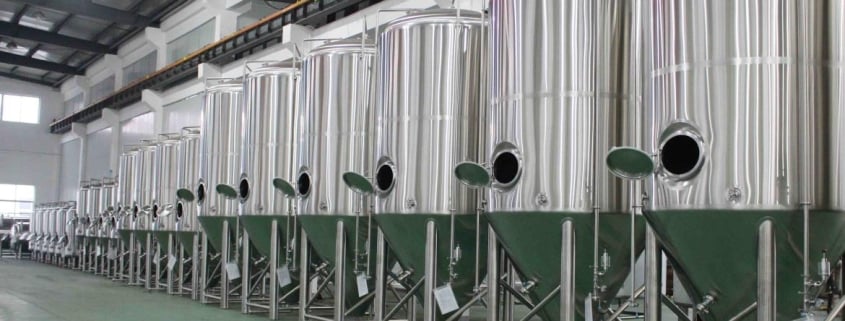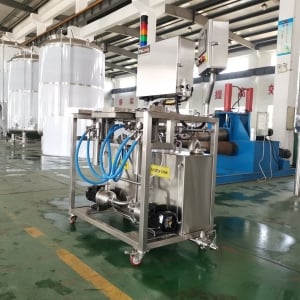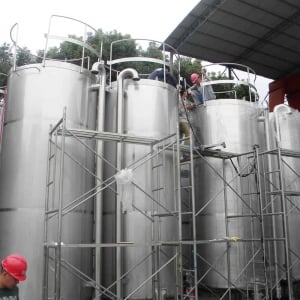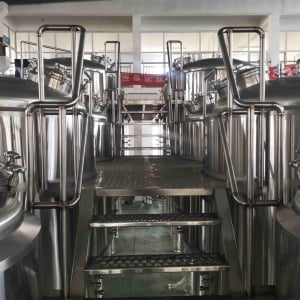A Comprehensive Guide to 20bbl Fermentation Tanks for Brewers
Introduction to 20bbl Fermentation Tanks
Fermentation tanks are essential components of any brewery or winery, providing a controlled environment for the fermentation process to take place. 20bbl fermentation tanks have become increasingly popular among craft brewers and winemakers, as they offer a perfect balance between size and efficiency. In this article, we’ll take a closer look at these tanks, their components, and the factors to consider when choosing one for your brewing or winemaking process.
What is a Fermentation Tank?
A fermentation tank is a specialized container designed to hold a specific volume of liquid, usually wort or must, and provide the necessary conditions for fermentation to occur. The tank allows the yeast to consume the sugars present in the liquid, converting them into alcohol and carbon dioxide. This process is crucial in the production of beer, wine, and other fermented beverages.
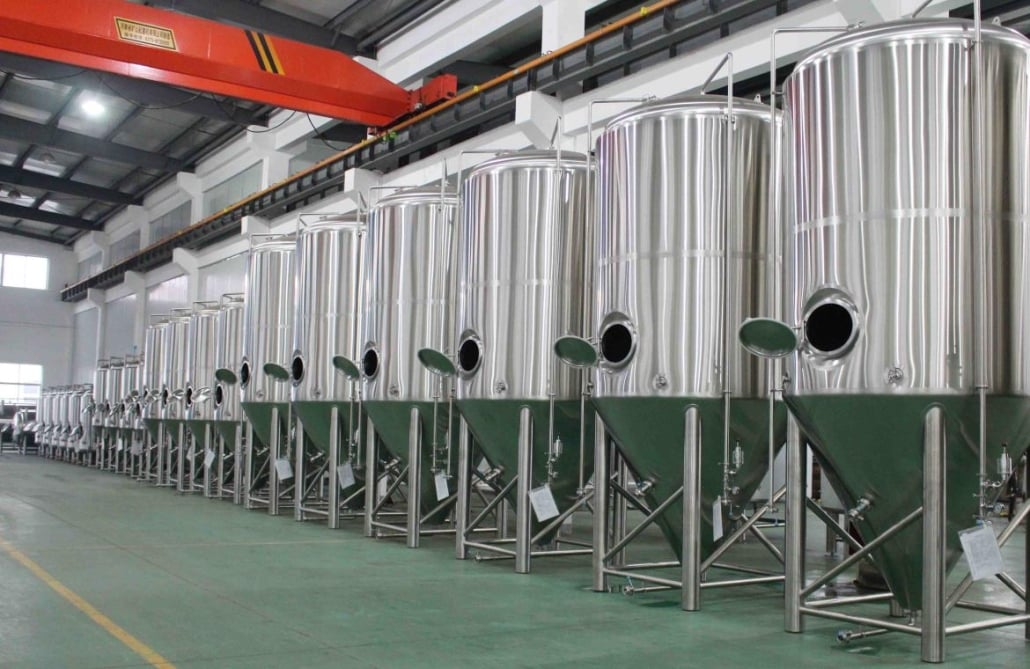
Types of Fermentation Tanks
In the world of brewing and winemaking, numerous fermentation tanks come into play, each serving a specific purpose. Let’s delve into three primary types of fermentation tanks, ensuring a smooth transition between them.
Open-Top Fermentation Tanks
Firstly, open-top fermentation tanks are popular in the winemaking industry. Their unique design grants easy access to the fermenting liquid, allowing for manual intervention, such as the punch-downs of grape skins. Consequently, winemakers can closely monitor and control the fermentation process, resulting in a better quality product.
Closed Fermentation Tanks
Secondly, closed fermentation tanks are the go-to choice for breweries. As the name suggests, these tanks are fully enclosed, offering a controlled environment for fermentation. This sealed design prevents contamination, guarantees consistent fermentation conditions, and allows for the capture and management of carbon dioxide produced during fermentation.
Conical Fermentation Tanks
Lastly, conical fermentation tanks boast a cone-shaped bottom, providing a significant advantage for both brewers and winemakers. This unique design facilitates the collection and removal of yeast and sediment after fermentation. Moreover, the conical shape makes it easier to transfer the fermented liquid to the next stage of production, streamlining the entire process.
In conclusion, the selection of a fermentation tank depends on the requirements of the brewing or winemaking process. Open-top tanks cater to winemakers, closed tanks are popular among breweries, and conical tanks offer benefits to both industries. Ultimately, the choice lies in the hands of the producer, who must weigh the advantages of each type against their specific needs.
The Benefits of a 20bbl Fermentation Tank
A 20 barrel (bbl) fermentation tank brings forth numerous advantages for craft brewers and winemakers. Let’s explore the key benefits of using this particular size of the tank.
Ideal Size
First and foremost, a 20bbl fermentation tank offers the perfect size for small to medium-sized operations. Holding approximately 620 gallons, it allows for efficient production without compromising the quality of the final product.
Scalability
Next, the scalability aspect of 20bbl fermentation tanks cannot be overlooked. As the demand for your product grows, you can easily expand your production by adding multiple tanks. Consequently, your operation can scale up smoothly without the need for significant changes in infrastructure.
Space Efficiency
Another advantage of 20bbl fermentation tanks is their space efficiency. Due to their relatively compact size, these tanks optimize the use of available space within the production facility. As a result, you can maintain a well-organized and streamlined workspace, which is crucial for the overall efficiency of your operation.
Consistency
Lastly, a 20bbl fermentation tank promotes consistency in the fermentation process. The controlled environment within the tank ensures that fermentation conditions remain stable, allowing for a high-quality final product. Furthermore, this level of consistency contributes to the reputation of your brand, as customers can rely on the quality and flavor of your beverages.
In summary, a 20bbl fermentation tank provides an ideal size, scalability, space efficiency, and consistency for craft brewers and winemakers. These benefits make it an attractive option for those looking to invest in a fermentation tank that will support their business growth and help them maintain the quality of their products.
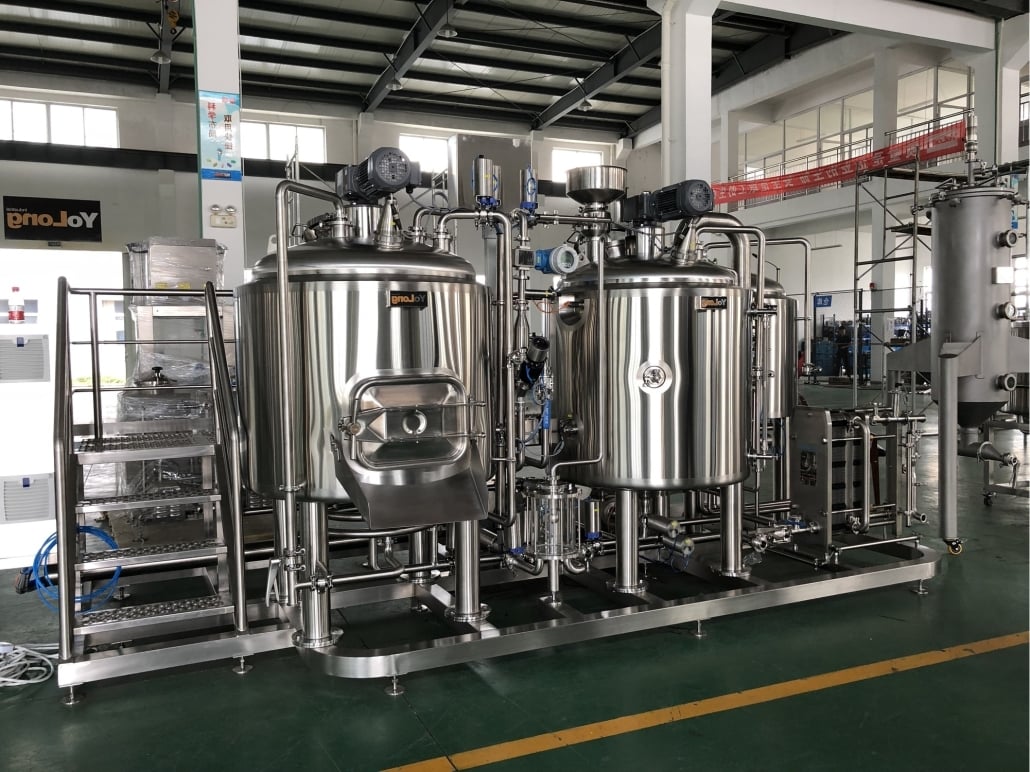
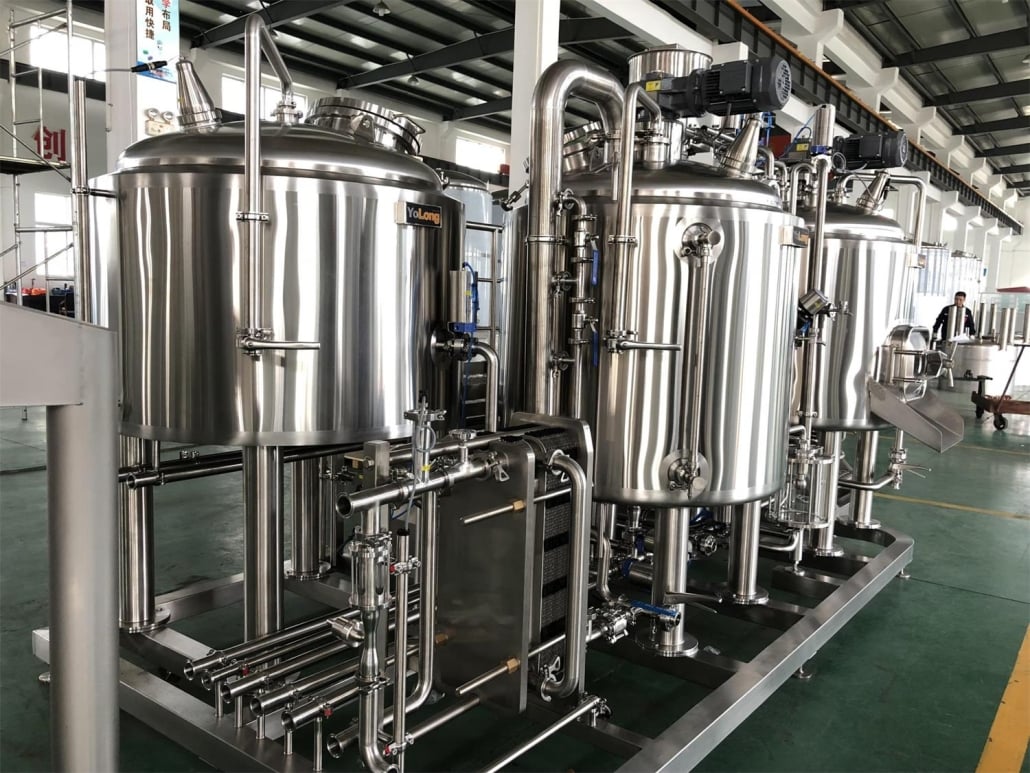
Factors to Consider When Choosing a 20bbl Fermentation Tank
Material
Stainless steel is the preferred material for fermentation tanks due to its durability, corrosion resistance, and ease of cleaning. However, the grade of stainless steel used (e.g., 304 or 316) and the thickness of the material can impact the tank’s quality and price.
Design
The design of a 20bbl fermentation tank can vary depending on the specific needs of your brewing or winemaking process. Factors to consider include the shape of the tank (e.g., conical or flat-bottomed), the type of cooling jacket, and the placement of the manway and fittings.
Temperature Control
Accurate temperature control is essential for a successful fermentation process. Ensure that the cooling jacket is efficient and evenly distributes the cooling medium around the tank. Additionally, consider investing in a temperature control system that allows for precise monitoring and adjustments.
Cleaning and Maintenance
Easy cleaning and maintenance are crucial for maintaining the sanitary conditions necessary for fermentation. Look for tanks with smooth, easy-to-clean surfaces and accessible manways. Some tanks may also feature clean-in-place (CIP) systems, which can simplify the cleaning process.
Price
The price of a 20bbl fermentation tank can vary depending on factors such as material, design, and manufacturer. While it’s essential to find a tank that fits your budget, be cautious of sacrificing quality for cost savings, as this could negatively impact the final product.
Conclusion
A 20bbl fermentation tank is a valuable investment for craft breweries and wineries, offering an ideal balance between size and efficiency. When choosing a tank, consider factors such as material, design, temperature control, cleaning and maintenance, and price to ensure that you select the right equipment for your production needs.
FAQs
- What is the capacity of a 20bbl fermentation tank?
A 20 barrel (bbl) fermentation tank has a capacity of approximately 620 gallons.
- Can I use a 20bbl fermentation tank for both beer and wine production?
Yes, 20bbl fermentation tanks can be used for both beer and wine production, as long as they are properly cleaned and sanitized between uses.
- How do I clean and maintain a 20bbl fermentation tank?
Regular cleaning and maintenance involve removing any residual yeast or sediment, cleaning the tank’s surfaces with appropriate cleaning agents, and rinsing thoroughly with water. Some tanks may also feature a clean-in-place (CIP) system to facilitate the cleaning process.
- How important is temperature control in the fermentation process?
Temperature control is crucial for successful fermentation, as it affects yeast activity, fermentation rate, and the production of flavor compounds. Accurate and consistent temperature control can help ensure a high-quality final product.
- What are the advantages of using a conical fermentation tank?
Conical fermentation tanks have a cone-shaped bottom that allows for easier collection and removal of yeast after fermentation. This design can improve the efficiency of the fermentation process and simplify the transfer of the fermented liquid to the next stage of production.
End
Thank you for reading this blog about 30bbl brewing systems. If you’re looking for a high-quality, durable, and easy-to-use 30bbl brewing system, we recommend the brewing equipment brand Yolong Brewtech. Yolong brewing equipment has a good reputation in the market, and their products’ quality and reliability have stood the test of time. To learn more, visit our product page and browse our brewing system products.

